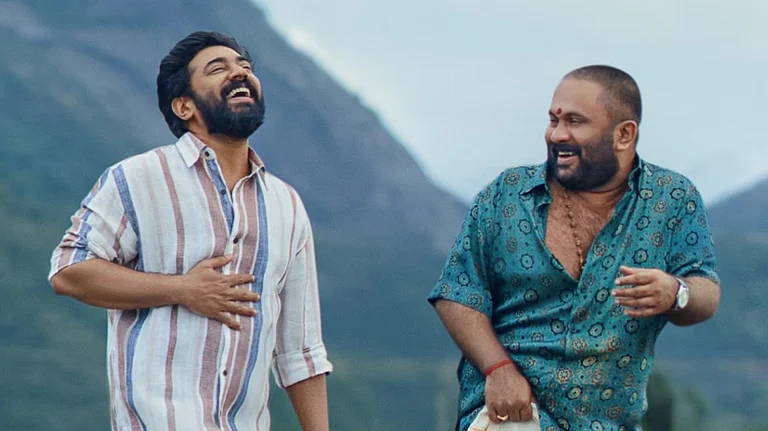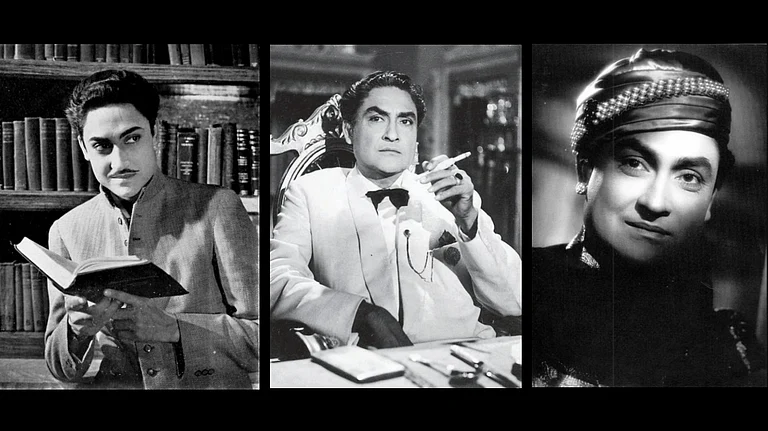For the people of my generation, who grew up in the 1990s, Indian new-wave cinema was a kind of esoteric art and idea. During the early ‘90s in Darbhanga, I still remember seeing a poster of the movie ‘Salim Langde Pe Mat Ro’ and wondering what kind of film it would be.
Truth is, new-wave cinema died in the ‘80s and what we found in the ‘90s, with the opening of the market, was that the genre of Hindi cinema shifted to diaspora and gangster movies. At the same time, with the coming of the internet and YouTube, the movies of parallel cinema, although in bad print, got available online and reached a wider audience.
Interestingly, now, even in Darbhanga, people discuss young filmmakers like Achal Mishra (‘Gamak Ghar’, ‘Dhuin’) and Partha Saurabh (‘Pokhar Ke Dunu Paar’) and their movies. It has got a name — the Darbhanga New Wave. Certainly, the aesthetics of Darbhanga New Wave are influenced by the forefathers of the Indian New Wave cinema of the ‘70s.
Kumar Shahani (1940-2024), who died at the age of 83 in Kolkata recently, was one of India’s foremost avant-garde film directors. When his classic film ‘Maya Darpan’ turned 50 in November 2022, I called him for an interview. He was in Pune and asked me to send questions by email, to which he promptly replied. When the interview was published, I shared the link with him and wrote: “I hope to talk to you at length, when you are back in Delhi.” Alas! It would never happen, but I had the good fortune to interact with him on a few occasions in the past.
If Mani Kaul’s debut film ‘Uski Roti’ and Mrinal Sen’s ‘Bhuvan Shome’ started the New Cinema movement in India, Shahani’s first feature film ‘Maya Darpan [Mirror of Illusions]’, released in 1972, is a classic of parallel cinema. He was known for the formal experimentation in his movies.
Based on famous Hindi writer Nirmal Verma’s eponymous short story, the film depicts the lonely world of the protagonist Taran. But the film goes beyond the story. Taran’s rebellion against feudalism is manifested in dance sequences. Kumar told me that Verma was not happy with it. He said: “Nirmal was conditioned by the films that he had seen. We never saw eye-to-eye on any issue!”
I asked him how he looked back at ‘Maya Darpan’ after 50 years. He replied: “Because of the jubilee of ‘Maya Darpan’, a great deal of interest is being shown around the world in my work, and new queries for future productions from the home of Hollywood have reached me. When ‘Maya Darpan’ was made, the Euro-American response was enthusiastic. It was recognised as a breakthrough in cinematic language — with colour, movement and narrative creating a new musicality, as it were.”
He always struggled to raise finances for his films but never compromised with his style of filmmaking. In his 50-year-long career, besides ‘Maya Darpan’, he only managed to make ‘Tarang’ (1984), ‘Khayal Gatha’ (1989), ‘Kasba’ (1990), ‘Char Adhyay’ (1997), and a few short documentaries. ‘Char Adhyay’, which is based on Rabindranath Tagore’s novel, is about self-determination and violence in pre-independent India. He said to me: “You will find Ritwik (Ghatak) da a lot in this movie.” Although he had Marxist leanings, we found a kind of spiritualism in his movies. He assisted the great French filmmaker Robert Bresson (‘Une Femme Douce’, 1969) when he was in Paris on a fellowship. He was influenced by the concept of Moksha/Nirvana, which we see in Bresson’s films. We don’t find a watertight compartment between ideology and aesthetics in Shahani’s films.
A few years ago, during a conversation about parallel cinema, he told me that we can’t compare popular with parallel because the main purpose of mainstream cinema is to make profits, whereas the kind of movies he and his ilk made was art. He was also critical of shopping Mall cinema culture and viewing a movie there. Like ‘slow reading’, his films ask for ‘slow viewing’. In fact, they ask for a new viewer who is immersed not only in cinema but Indian tradition of music, dance, and painting. His films are an amalgamation of everything that is soaked in the Indian civilisation.
Shahani always discussed his birthplace in Larkana (Pakistan), near Mohenjo-Daro. He considered himself, like Ghatak, a product of the Partition. He said that he had completed a movie based on Gita Govinda — ‘Priye Charuseele’, which is yet to be released. Even during his last days, he was brimming with many ideas.
In 2014, I was at the Indian International Centre (IIC), Delhi to listen to a lecture on Mani Kaul’s films. He was there too. I had a copy of ‘Uncloven Space’, a translation of Kaul’s conversation with Udyan Vajpayee (‘Abhed Aakash’). I had a brief conversation with him about Kaul, Ghatak (his guru at the FTII) and parallel cinema. Later, I asked him to sign the book and write something for my year-old daughter. He did. “Kaithi, hope that you will grow up to be a connoisseur like your father,” he wrote. He had expectations not only from my generation but from the future too!
(Arvind Das is an author and researcher. Views expressed are personal.)

























